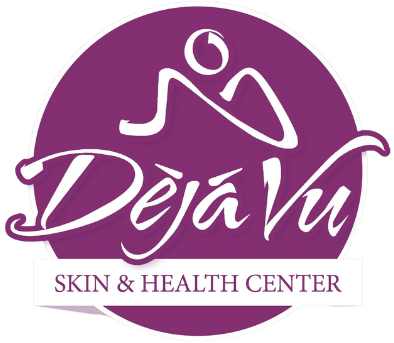ROSACEA
What Is Rosacea?
Rosacea is a chronic skin disorder of the facial skin, usually mainly on the cheeks. The disease causes redness and flushing, broken blood vessels and inflammation of the skin. Rosacea is not curable but there are effective means of control.
Many things, sometimes unique to a given patient, can trigger the flushing that is often a dominant feature of rosacea. Many triggers, however, are very common. Common triggers include:
Types of Rosacea
Type 1: Erythematotelangiectatic rosacea (facial redness). This type of rosacea can have intermittent flushing and redness or constant redness. It may have broken blood vessels, sensitive skin, skin swelling and/or dry and scaly skin texture.
Type 2: Papulopustular rosacea (red bumps and pimples). This type of rosacea has inflammatory papules (red bumps) and pustules (white heads) on the face. There may also be persistent redness, broken blood vessels, flushing and other features of Type 1.
Type 3: Phymatous rosacea (nose enlargement). The finding of Type 1 and/or 2 with skin and sebaceous hypertrophy—enlargement of the skin and nose.
Type 4: Ocular rosacea (eye involvement). This type of rosacea has eye involvement such as dry eyes, broken blood vessels on the eyelids, abnormal tearing or other eye problems.
Rosacea Treatments
Traditional advice to avoid triggers, apply cool compresses and seek a cool environment is not usually practical for most patients. Rosacea patients have sensitive skin and must take care of it. Frequent use of a quality moisturizer can help reduce skin sensitivity. The skin should be gently cleansed with lukewarm water and a mild non-soap cleanser. Patients should also avoid application of irritating topical products such as toners, astringents and chemical exfoliating agents. Also, application of a quality sunscreen everyday may be helpful.

